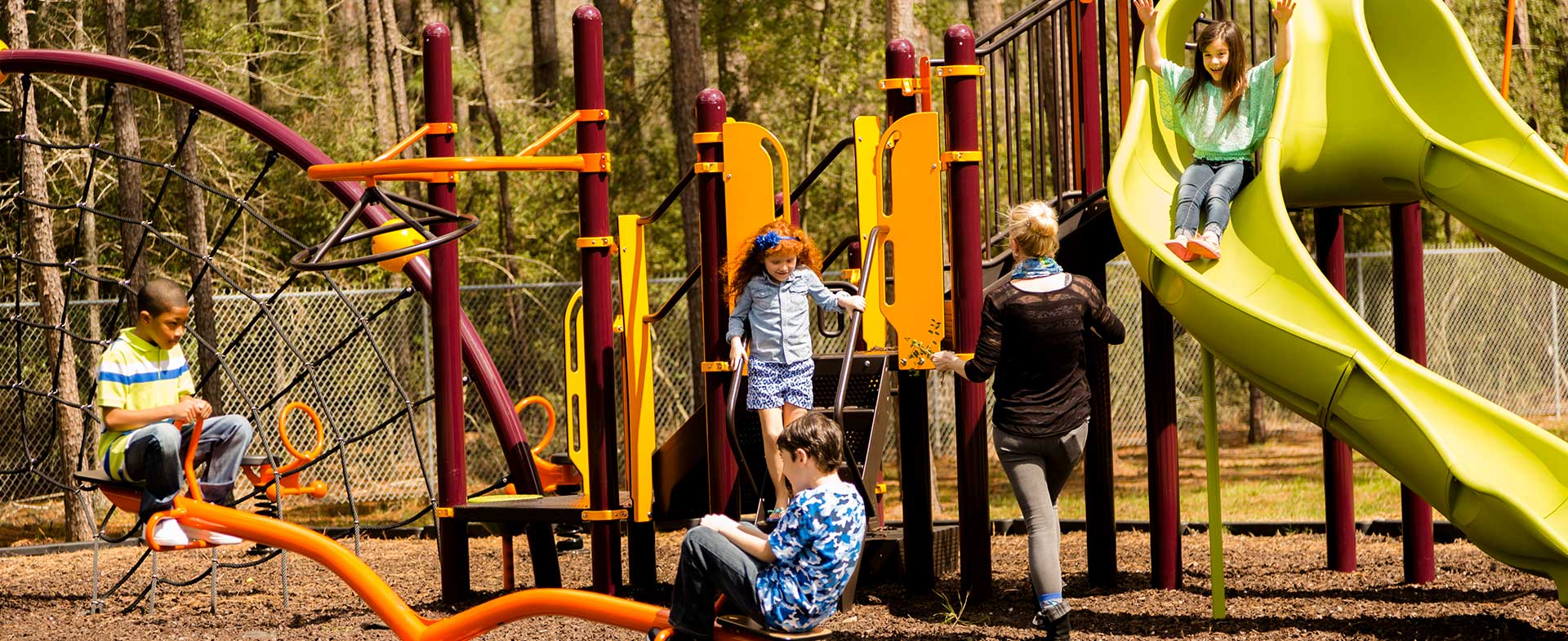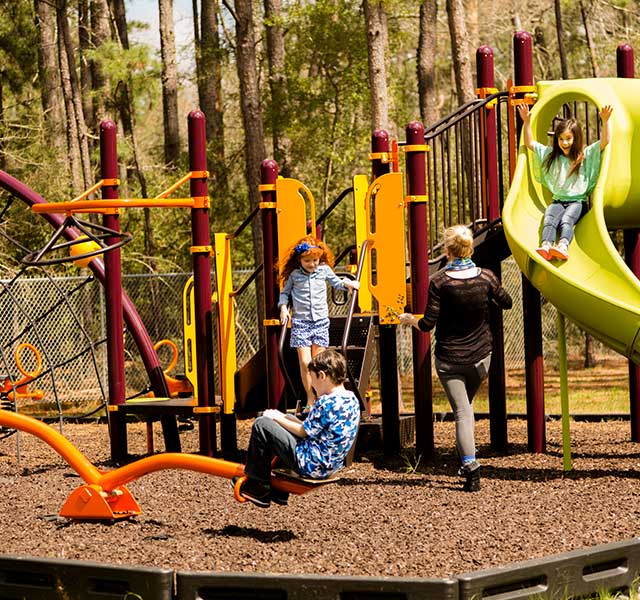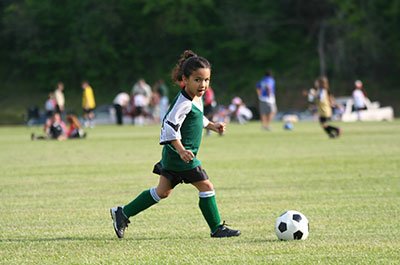Childhood is the time to be carefree, have fun, try new things—in other words, be a kid. But as any glimpse in an ER waiting room shows you, being a kid can also lead to the occasional cut, bruise, sprain or even broken bone.
“Kids are very active, and many of those activities come with a high risk for getting hurt,” says Christopher Minnock, M.D., a pediatric orthopedist at Henry Ford Health. And while you can’t prevent all childhood injuries, you can take some common sense steps to help keep your kids safer.
What Are The Most Common Childhood Injuries?
Childhood injuries span a wide range in terms of severity. There are several categories of major injuries—such as car accidents, drowning, poisonings, burns and suffocation—that can be fatal for children. And then there are the more everyday injuries that occur around the house, while playing outdoors, at the playground, riding a bike or bouncing on a trampoline.
“We see a lot of injuries that involve the upper extremities (typically the hands, wrists or forearms) or the lower extremities (mostly the feet and ankles),” says Dr. Minnock. “Mainly from falls.” These injuries may be as minor as scrapes and cuts or as major as sprains or broken bones.
Concussions are also very common among children, especially those who play sports. Nearly 7% of kids have experienced symptoms of a concussion. Head injuries can happen during everyday play such as riding a bike, jumping on a trampoline or climbing a tree. But they’re most prevalent among young athletes. Contact sports—football, soccer, rugby, lacrosse, ice hockey and cheerleading—have some of the highest risks of head injuries.
How To Keep Kids Safer From Playground Injuries And Other Accidents
Unfortunately for nervous parents, wrapping your kids in bubble wrap and keeping them indoors isn’t the best option for preventing injuries. “If you’re too protective and don’t let your kids do anything, they may actually be more likely to get hurt in the long run,” says Dr. Minnock. “The irony is that being overly cautious can have its own risks.”

Need A Pediatric Orthopedic Surgeon?
Dr. Minnock says it’s important for kids to learn how to fall. “Falling is awkward, and it’s that awkwardness that leads to hard landings and more serious injuries,” he says. Kids who do a wide variety of activities learn better body awareness and coordination. That can make them less awkward and less likely to break a bone from a fall.
Of course, taking steps to prevent falls—and protect young bodies—is equally important. Be sure your kids always wear appropriate protective gear (such as helmets, wrist guards and knee pads) when doing activities like biking, skiing, skateboarding, ice skating or rollerblading.
At the playground, look for play structures surrounded by wood or rubber chips that provide some cushion. And keep kids from climbing on the outsides of slides or other playground equipment. That is much more likely to result in injury than when kids are using the equipment as it’s intended.
The best way to prevent trampoline injuries is to not crowd the trampoline. “Limit the number of kids using it at one time. And always make sure the trampoline has a secure net surrounding it to help reduce the risk of serious injuries,” says Dr. Minnock.
When Do Childhood Injuries Require A Doctor?
To a worried parent, every injury may seem like a reason to run to the nearest ER or urgent care clinic. But Dr. Minnock assures that’s not always necessary.
Deep cuts that won’t stop bleeding, injuries to the head or an injured extremity your child can’t put weight on or use normally are all reason enough to seek medical help. “When in doubt, take your kid in for X-rays and evaluation,” says Dr. Minnock.
“But kids also tend to heal very quickly," he adds. So even if an ankle or wrist is painful, swollen and bruised, you could wait a day or two to see if it starts to get better. “If it improves instead of worsens, it’s likely not a fracture,” he says.
Reviewed by Christopher Minnock, M.D., a pediatric orthopedic surgeon who sees patients at Henry Ford Hospital in Detroit and Henry Ford West Bloomfield Hospital.



